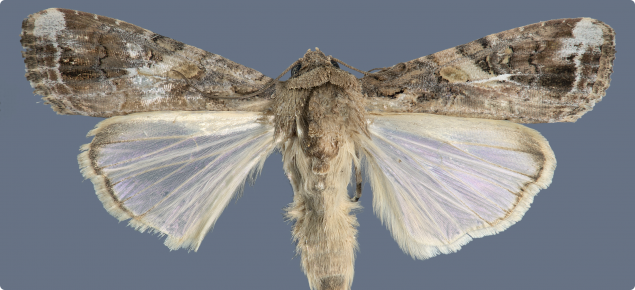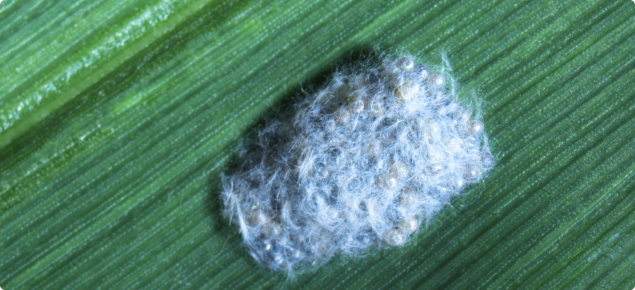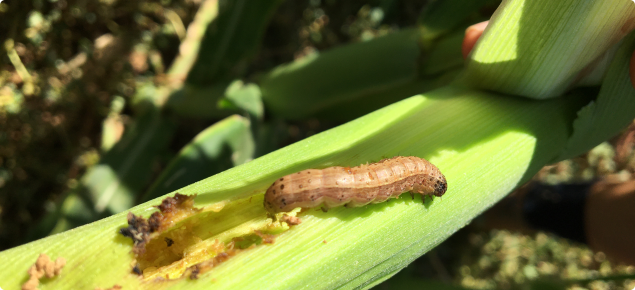Overview
The fall armyworm (Spodoptera frugiperda) is a plant pest that can damage a wide variety of crops. The larvae predominantly feed on crops and pastures from the Poaceae (grass) family, in particular maize, but also sorghum, and forage grasses. It has also been noted on other grass crops including cereals but these are considered secondary hosts. The pest can also feed on non-grass crops such as cotton, vegetables and some fruit crops. Fall armyworm is known for its ability to disperse and migrate long distances, which enables it to exploit new habitats and expand its range when favourable host plants and climatic conditions are present.
Fall armyworm is a moth native to the American tropics. It has become a worldwide pest and was first recorded in Australia in January 2020 on two Torres Strait islands, followed by discoveries in Queensland (February 2020), and the Northern Territory (March 2020).
Fall armyworm was first detected in Western Australia in Kununurra, in the Kimberley region, in March 2020.
The Consultative Committee on Emergency Plant Pests (CCEPP) met on 24 February 2020 and concluded that fall armyworm is not technically feasible to eradicate—for National Management Group decision.
It has since been detected at other locations in northern Western Australia and in some more southerly areas of the state, most recently in a faba bean crop at Cuballing in July 2024.
The expected distribution of fall armyworm in Australia has been modelled based on weather data over the past 30 years. The following map indicates areas where the insect is likely to survive year-round as well as areas where low winter temperatures prevent permanent presence.
Areas with suitable hosts would likely be invaded by this strong flying moth as conditions become suitable. This is the case in the tropical and sub-tropical areas elsewhere in the world where the insect survives year-round and moves both north and south as conditions become more suitable.

The global and Australian potential distribution of fall armyworm (Spodoptera frugiperda) modelled using CLIMEX above in the yellow-red-shaded areas indicate relative climatic suitability for establishment of persistent populations. The green-shaded areas suggest climatic suitability for seasonal migration during the warmer months. Pink areas are predicted to be unable to support a full generation of the moth.




